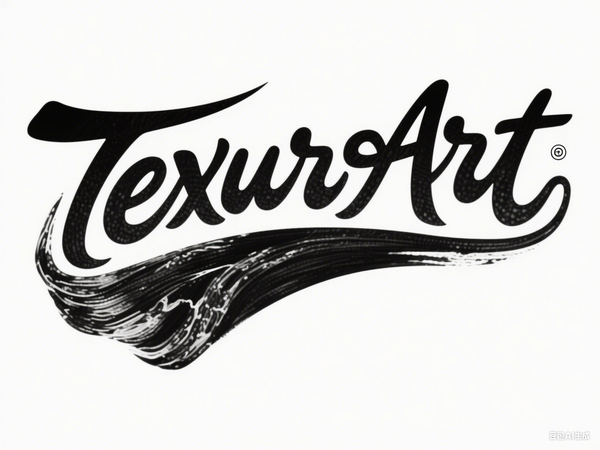
Mastering Line Confidence - How to Own Every Line You Draw with Purpose and Skill
Share
In every form of art and design, the line is the fundamental element that brings your vision to life. Drawing with line confidence transforms your sketches from hesitant marks into bold, expressive statements that communicate form, texture, and emotion. Building this confidence is not just about improving technique — it’s about trusting your creative instincts and committing to each stroke with intention.
Understanding what makes a line confident helps aspiring artists and seasoned creators alike develop a distinctive style. A confident line is fluid, purposeful, and continuous, while tentative lines tend to appear shaky or broken. If you want to enhance your artistic expression, exploring the concept of line confidence is essential to elevating your drawing skills.

Why is line confidence important? Master artist Brent Eviston likens each line to a word that, combined with others, tells a story. Hesitation can stem from fear of mistakes or perfectionism, leading to multiple overlapping lines that dilute your artwork’s clarity. Learning to commit to a single, confident stroke, even if imperfect, results in more dynamic and engaging pieces.
Developing your trust in drawing requires practice and openness to imperfection. Renowned artist Alex Katz famously improved his line confidence through persistent daily drawing, eventually capturing the essence of his subjects with minimal lines. This dedication shows that consistent practice leads to greater drawing confidence, enabling artists to overcome self-doubt.

To build confidence in your lines, try these five practical exercises:
-
Blind Contour Drawing
Focus your gaze on the subject without looking at the paper, drawing continuously without lifting your pen. This method helps forge a stronger eye-hand connection and encourages fluid, expressive lines that reflect the subject’s true contours rather than preconceived notions. -
Drawing with Pen
Switching to pen forces commitment because mistakes cannot be erased. This challenge cultivates decisiveness and helps you embrace imperfections as part of your artistic voice. -
Assigning Emotions to Lines
Experiment with how emotions like nervousness, calm, or joy translate into line quality. Reflecting feelings through your strokes deepens your expressive range and personal connection to your work. -
Drawing From the Right Side of Your Brain
Inspired by Betty Edwards’ classic book, this exercise involves drawing your subject upside down to engage the brain’s visual and intuitive side. This focus on shapes and proportions over symbols strengthens your observational skills and line accuracy. -
Daily Sketching
Just five to ten minutes each day of free sketching reduces fear, encourages experimentation, and improves the fluidity of your lines over time.
For those working in fields beyond traditional drawing, confident lines are equally vital. In UI/UX design, clean, purposeful wireframes are essential for conveying layout and user flow to developers and stakeholders, enhancing trust in your vision. Digital artists benefit from confidence when using software tools, as features like undo and smoothing allow risk-taking without fear of failure.
To deepen your skills, Skillshare offers excellent courses such as Confident Drawing: Tips and Exercises to Train Your Drawing Hand that provide targeted guidance on building robust line work. Coupled with consistent practice, these resources empower you to draw with assuredness and creativity.

FAQ
-
What defines a confident line?
A confident line is intentional, continuous, and fluid, conveying both the form of your subject and your artistic intention clearly. -
How can I overcome hesitation in my drawing?
Techniques like blind contour drawing and working in pen encourage commitment and help mitigate fear of mistakes. -
Is line confidence useful for digital art?
Absolutely. Tools such as undo, smoothing, and vector adjustments support confident strokes and creative freedom. -
How often should I practice to see improvement?
Daily short sketching sessions of 5–10 minutes are highly effective in building muscle memory and fluidity. -
Can confident lines improve my overall creativity?
Yes, as they enhance your ability to make bold creative decisions and express your unique style.
By incorporating these exercises and resources into your practice routine, you’ll see your line confidence grow, fundamentally transforming your art.
